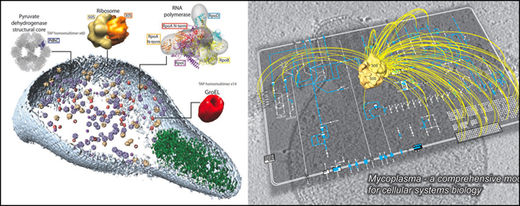OF THE
TIMES
The only way this is going to end is for somebody to be held accountable either judicially or extrajudicially.
Former CDC Director: ‘I Could Make’ Bird Flu ‘Highly Infectious For Humans in Months’ by BEN BARTEE MAY 11, 2024 [Link] . " COVID Propaganda...
INDIANS ARE Screwed FROM THE COVID 'VACCINE' Indians have been freaking the Flip out since the past week because the mainstream media in India is...
To ALL... In one of my comments I mentioned the 'Gateway Process', it being a modality of meditation to allow for various 'extrasensory...
My recollection is in earlier communications a few weeks ago - maybe a month or so - Egypt put out word to Israel that there will be consequences...
To submit an article for publication, see our Submission Guidelines
Reader comments do not necessarily reflect the views of the volunteers, editors, and directors of SOTT.net or the Quantum Future Group.
Some icons on this site were created by: Afterglow, Aha-Soft, AntialiasFactory, artdesigner.lv, Artura, DailyOverview, Everaldo, GraphicsFuel, IconFactory, Iconka, IconShock, Icons-Land, i-love-icons, KDE-look.org, Klukeart, mugenb16, Map Icons Collection, PetshopBoxStudio, VisualPharm, wbeiruti, WebIconset
Powered by PikaJS 🐁 and In·Site
Original content © 2002-2024 by Sott.net/Signs of the Times. See: FAIR USE NOTICE

Look up "Morphic Resonance" and "Source Field Investigations"